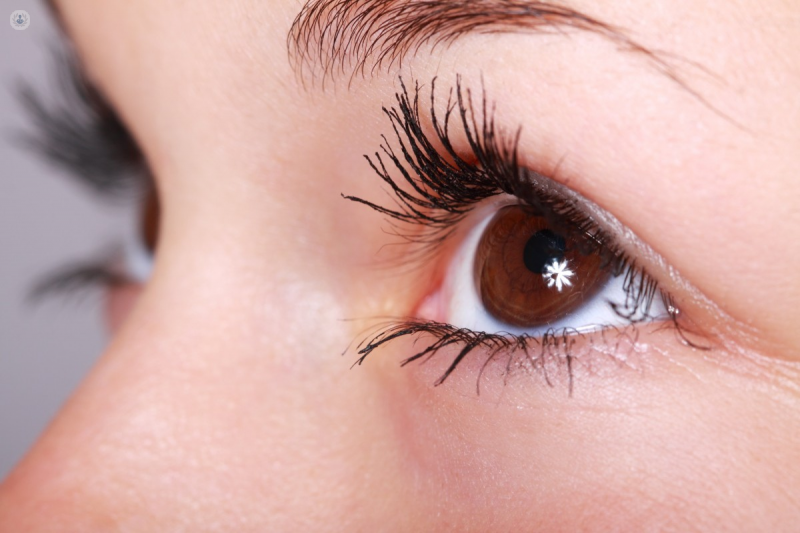

What is uveitis?
Uveitis is the inflammation of the uvea, the middle part of the eye made up of the choroid, the ciliary body, and the iris which surround the inner part of the eyeball. As there are many blood vessels in the head, this area is very prone and sensitive to many infectious and inflammatory processes. Inflammation in this area can cause severe vision loss, so it is very important to treat it as soon as possible.

Uveitis can affect people of any age, but it is most common in people aged between the ages of 20 to 50, it can also affect children.
There are different types of uveitis depending on what part of the uvea is affected:
- Panuveitis: is often considered the most dangerous form as it affects every part of the uvea.
- Posterior uveitis (choroiditis): affects the back of the eye and may be related to a systemic infection or an autoimmune disease.
- Intermediate uveitis: is a rare type of uveitis that affects the vitreous in the centre of the eye. It can develop at any age but is most common in children and teenagers.
- Anterior uveitis (iritis): is the most common type of uveitis and it occurs in the front of the eye.
What are the symptoms?
Uveitis symptoms vary according to the part of the uvea that is affected; if it is the posterior part there will normally be a loss of vision, and if it’s the anterior segment there will normally be blurry vision, eye pain, red eyes, and photophobia.
It can appear in one or both eyes and may be gradual or sudden.
What causes it?
Causes for uveitis include infectious, autoimmune, osseous, and rheumatic diseases as well as eye injuries. Some examples of these are; arthritis, AIDS, syphilis, tuberculosis, and psoriasis. Other causes can also be exposure to toxins and other injuries. It can also be caused by exposure to toxins and other injuries.
How can it be prevented?
There are some steps that you can take to reduce the risk of a uveitis flare-up, such as:
- Follow treatment recommendations
- Don’t use contact lenses
- Don’t smoke
- Maintain good hand and eyelid hygiene.
What is the treatment?
Treatment depends on the area to be treated; in anterior uveitis anti-inflammatory eye drops are used, for posterior uveitis oral cortisone is normally used. Immunosuppressant drugs are used when it is linked to a chronic condition. Occasionally surgery is carried out if related complications arise, such as glaucoma or cataracts.
